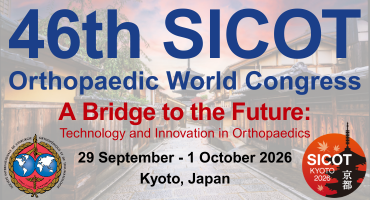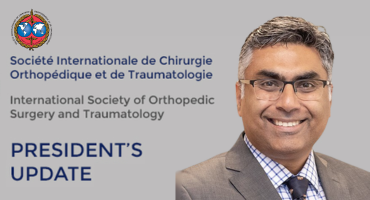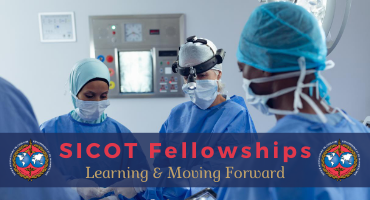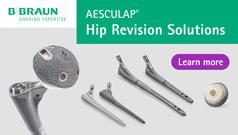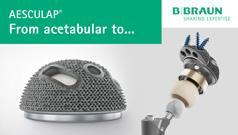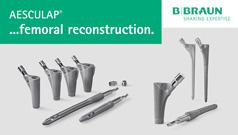The influence of humeral implant alignment on the arm position in the coronal plane after reverse total shoulder arthroplasty
Int Orthop. 2025 Sep 12. doi: 10.1007/s00264-025-06650-w. Online ahead of print.
ABSTRACT
PURPOSE: Variability in the resting arm position may influence impingement-free range of motion (ROM) after reverse total shoulder arthroplasty (rTSA). The relationship between the neck-shaft angle (NSA) and arm position remains unclear. This study evaluated the humerothoracic angle (HTA) as a proxy for the resting arm position in the coronal plane, its variability and change after rTSA, and its associations with NSA.
METHODS: This multicenter prospective study included 172 patients who underwent rTSA by nine surgeons. Standard radiographs were obtained preoperatively and at two years. Radiographic measurements of HTA and true NSA were blinded. Intraclass correlation coefficients (ICC) were calculated for HTA. Paired t-tests and ANOVA assessed group differences. Regression analyses evaluated predictors of postoperative HTA and HTA changes.
RESULTS: Preoperative HTA (9.5° ± 8.6°) increased significantly to 13.2° ± 10.2° postoperatively (p < .001). NSA > 145° resulted in higher postoperative HTA than NSA < 135° (p < .0001). Multiple regression showed that NSA (β = 0.4; p < .0001) and preoperative HTA (β = 0.3; p = .0003) were strong predictors of postoperative HTA. Measurement reliability of HTA was excellent (intra-observer ICC = 0.92; inter-observer ICC = 0.89).
CONCLUSION: The resting arm position in the coronal plane, as quantified by HTA, exhibits significant variability pre- and post-rTSA, with a postoperative shift towards greater abduction. NSA strongly influenced the arm position, with larger NSAs being associated with more abducted arm positions. Consideration of how implant alignment and design affect the resting arm position may help refine preoperative planning and optimize impingement-free ROM after rTSA.
PMID:40938414 | DOI:10.1007/s00264-025-06650-w






